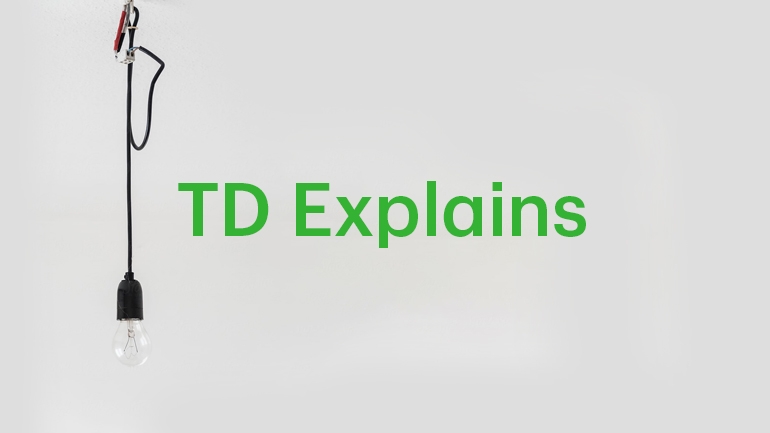Buying a home is one of the biggest financial decisions in a person's life. Purchasers are typically required to pay both a deposit and a down payment – but what's the difference between the two?
A deposit is a sum of money that is paid upfront after your offer to purchase a home is accepted, and is part of the overall down payment. It is a financial commitment to the home's seller indicating that you are serious about the purchase and intend to follow through on the deal. Including a "Subject to Financing" condition in your Purchase and Sales Agreement will protect your deposit in the event that your mortgage is not approved within the given time period – if you tell the vendor that this condition was not fulfilled, you will get your deposit back.
READ: TD Explains - What is a mortgage broker?
A down payment comes later in the process after the offer has been accepted. The purchase amount of the home, minus the deposit and a down payment, is usually provided as a secured loan from a lender and must be repaid over the life of the mortgage. For purposes of the secured loan, down payments are expressed as a percentage of the purchase amount of the home. In Canada, to obtain a mortgage loan from certain lenders and to be eligible for mortgage default insurance, you must have a minimum down payment of 5%. However, if you can put down as much as 20%, you might not be required to pay mortgage default insurance.
Buying a home is one of the largest purchases you will ever make and it’s important to work with a lender that you know and trust, so you can get the right advice, in addition to a competitive rate. To learn more about mortgages and how you can feel more confident when it comes to buying a home, visit TD.com.
